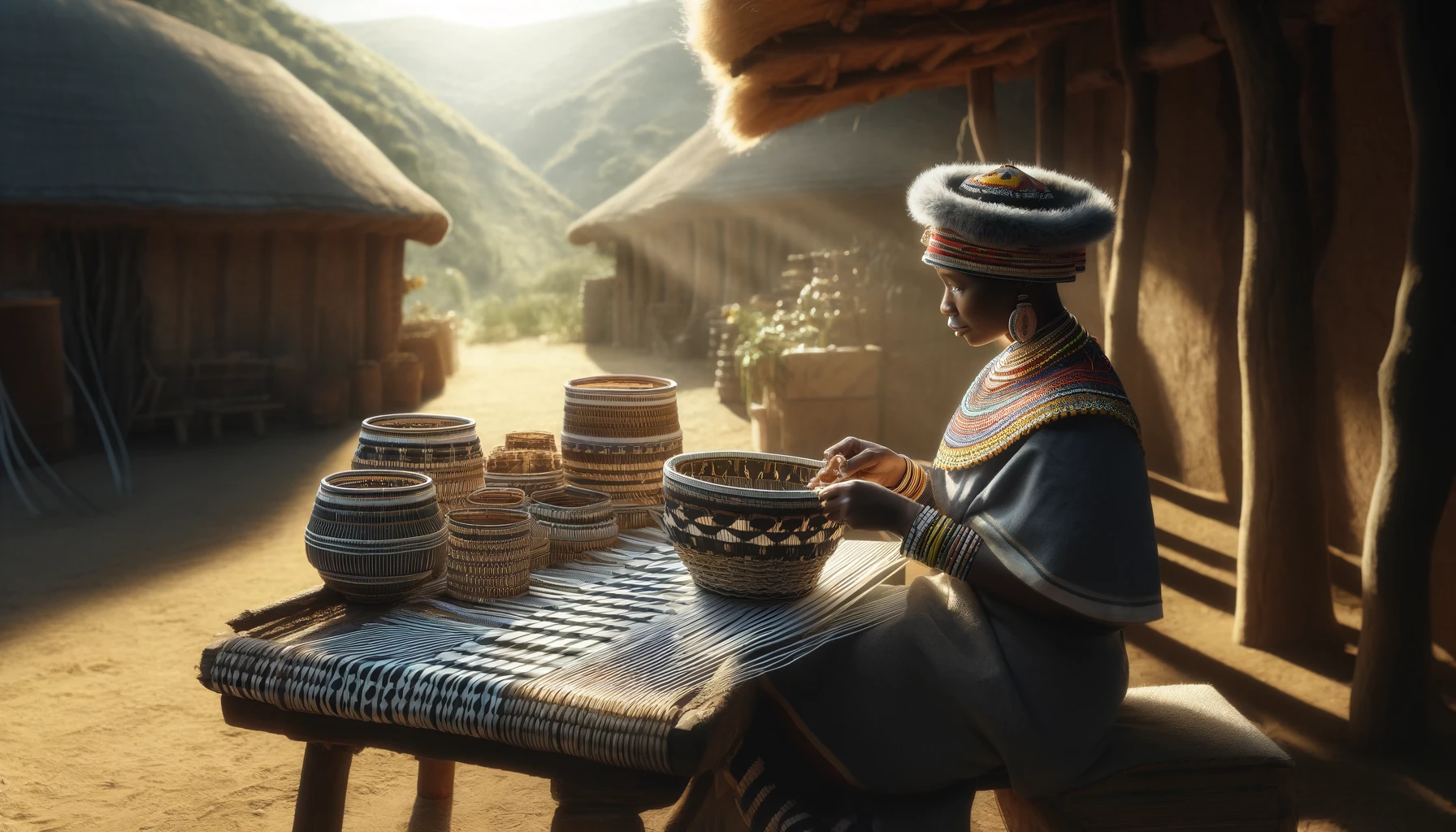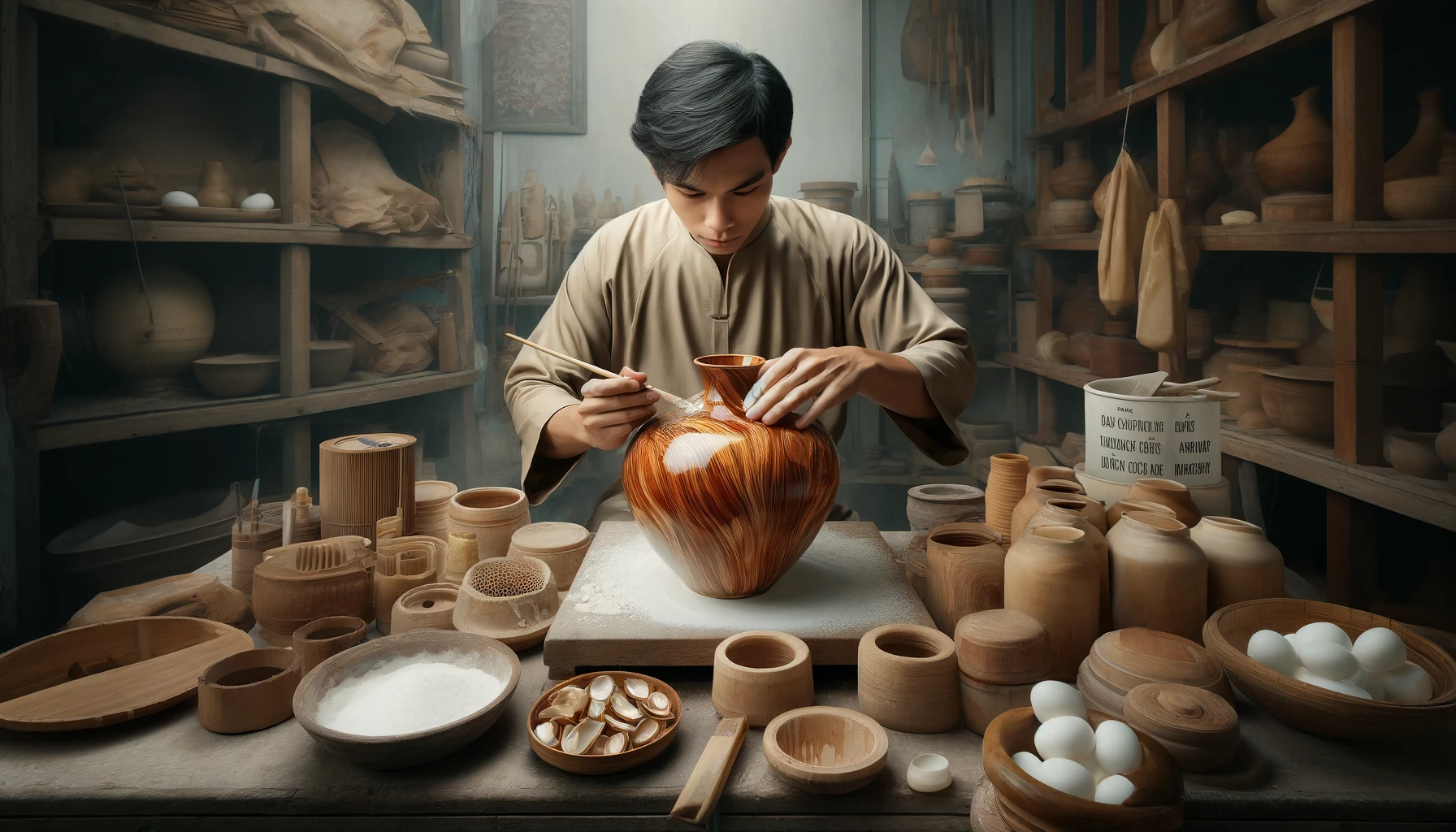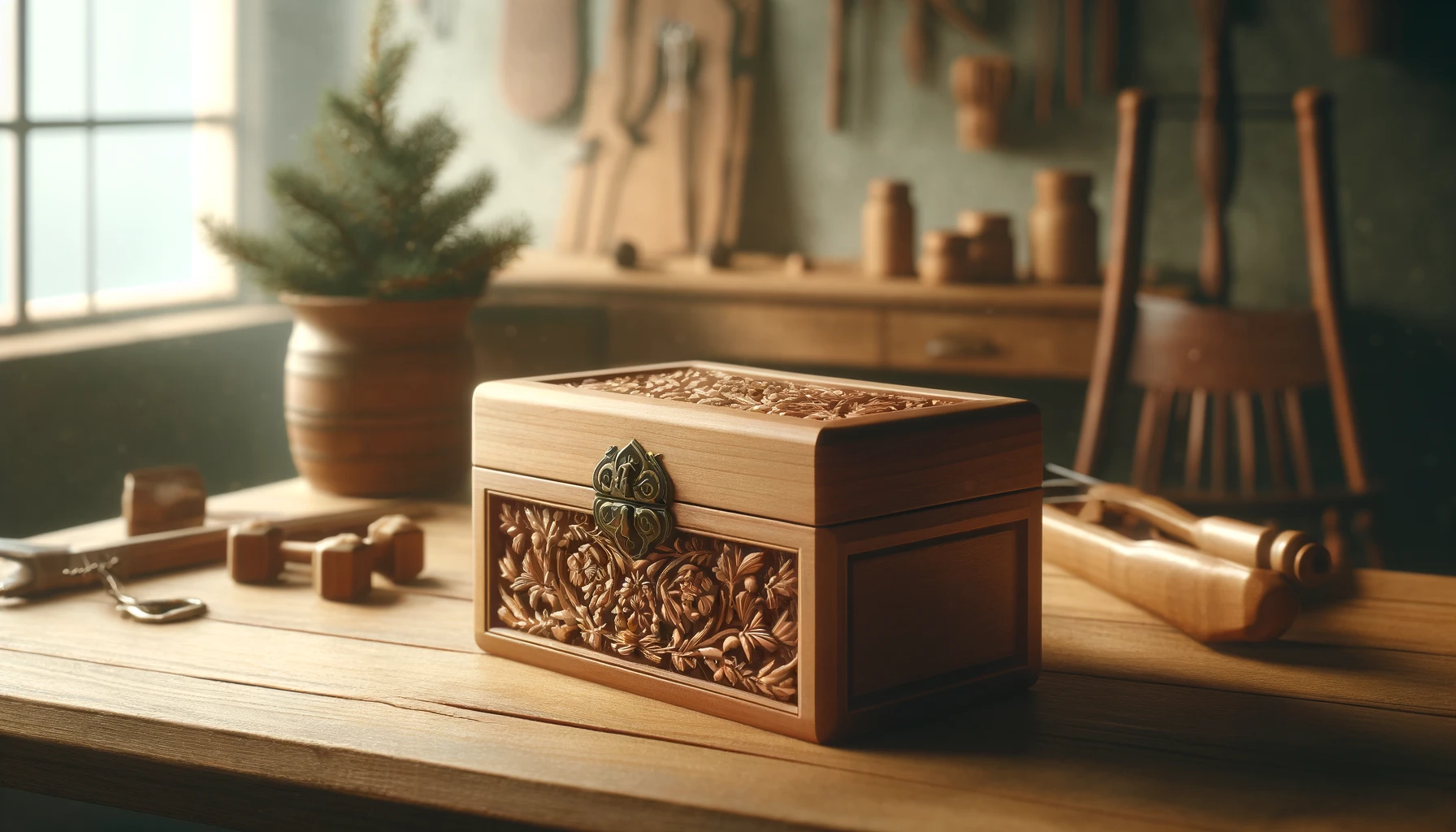The World’s Rich Craft Traditions
In a world where mass production often dominates, the enduring allure of traditional craftsmanship stands as a testament to human creativity and cultural heritage. Across every continent, artisans continue to weave, mold, carve, and craft their stories and histories into stunning objects that speak volumes about their way of life and artistic ingenuity. These craft traditions are not merely hobbies or pastimes; they are profound expressions of community, identity, and continuity.
The Diversity of Craft Traditions
There are many different art forms that have been perfected over generations. These crafts are not static relics of the past but are living practices that evolve while preserving their core techniques and aesthetic principles.

The Weavings of the Navajo Nation
In the American Southwest, the Navajo Nation is renowned for its complex and colorful woven textiles. These weavings are more than just fabric; they are imbued with cultural significance and stories passed down through generations. The iconic Navajo rugs and blankets are known for their intricate patterns and the use of symbolic motifs that reflect the natural beauty and spiritual beliefs of the Navajo people.
Porcelain Wonders of Jingdezhen, China
Moving across the globe to Jingdezhen, a city known as the "Porcelain Capital" of China, we find a tradition of ceramic craftsmanship that dates back over a thousand years. Jingdezhen’s artisans have perfected the art of porcelain, creating delicate and translucent pieces that have been sought after by emperors and connoisseurs around the world. The city’s kilns have produced some of the most exquisite ceramics ever made, characterized by their intricate hand-painted decorations and flawless glazes.
The Importance of Preserving Craft Traditions
As globalization paves the way for more uniformity in lifestyle and culture, the preservation of diverse craft traditions becomes increasingly important. These practices are not only artistic expressions but also vital components of cultural identity and heritage.
Safeguarding Intangible Cultural Heritage
Organizations like UNESCO have recognized the importance of these crafts and have implemented programs to protect and promote them as vital aspects of the world's intangible cultural heritage. Through their efforts, crafts that might otherwise be forgotten, overshadowed by industrial production, or lost to the homogenizing effects of globalization are instead celebrated and continued.
Supporting Sustainability and Local Economies
Engaging with and supporting traditional crafts also means playing a part in the sustainable practices that many of these crafts embody. Artisans typically use local and renewable materials, employ environmentally friendly practices, and sustain their local economies. By choosing handmade items, consumers can contribute to the global movement towards sustainability and ethical consumption.
Discovering the Joy of Crafting
Participating in the world of crafting does more than just educate or entertain. It connects individuals to a deeper understanding of human creativity and cultural expression. Many communities, museums, and cultural organizations offer workshops and classes that help people experience these crafts first-hand, providing a tactile connection to a global heritage.
Celebrating the Artistry of Craft
As we continue to explore the rich tapestry of global craft traditions, we encounter countless examples of how traditional crafts transcend mere artistry—they embody the heart and soul of the cultures from which they originate. Each crafted piece tells a story, a narrative woven from the threads of history, personal experience, and cultural identity.
The Exquisite Basketry of the Zulu People
In South Africa, the Zulu people are renowned for their skill in basketry. These baskets are not only practical items for daily use but also significant cultural symbols. Woven from locally sourced materials like ilala palm, Zulu baskets are known for their durability and water-tight weaves, qualities that reflect the resourcefulness and resilience of the Zulu culture. The designs often incorporate meaningful motifs that narrate tribal histories and beliefs.
Vietnamese Lacquerware: A Tradition of Luminous Beauty
Vietnamese lacquerware is another craft that showcases the extraordinary skills of its artisans. Originating from ancient decorative arts, Vietnamese lacquerware involves several meticulous stages, from preparing the wooden base to applying layers of lacquer mixed with powdered mother-of-pearl or eggshell. This painstaking process results in lustrous pieces that are both beautiful and durable, often depicting scenes from Vietnamese folklore and landscapes.
The Role of Craft in Modern Societies
In an era where the digital world often overshadows physical creations, traditional crafts offer a tangible connection to our shared human heritage. They remind us of the value of the handmade in an increasingly automated world.

Crafts as Sustainable Practices
Many traditional crafts originated out of necessity and are rooted in sustainable practices. They utilize natural, locally-sourced materials and involve methods that have low environmental impact compared to mass production. Today, as we face environmental challenges globally, these crafts offer not only cultural but also ecological insights on how to manage resources responsibly.
Economic Impact of Traditional Crafts
Supporting traditional crafts also has significant economic benefits. It helps sustain small-scale artisans and craft communities, preserving their livelihoods against the tide of globalization. Promoting and investing in these crafts can help fuel local economies, especially in regions where alternative employment opportunities may be limited.
Educational Opportunities and Cultural Exchange
Engaging with traditional crafts provides educational opportunities that go beyond the conventional classroom. Workshops and crafting classes offer hands-on learning about different cultures and historical contexts. They allow participants to develop a new appreciation for the skills and traditions passed down through generations.
Preserving Crafts Through Education
Educational initiatives that focus on teaching traditional crafting techniques ensure that these skills are not lost. They provide younger generations with a sense of identity and pride in their heritage, encouraging them to carry on the traditions of their ancestors.
Fostering Global Connections
Crafts also foster global connections. By participating in workshops that teach, for example, Japanese woodblock printing or Indonesian batik making, individuals can experience and appreciate cultural diversity. These experiences promote understanding and tolerance among different cultures, which is increasingly important in our interconnected world.
Embracing Crafts: Enriching Lives and Communities
Crafts as a Medium for Personal Expression and Healing
Engaging in the practice of traditional crafts offers a unique form of personal expression and emotional healing. The act of creating something by hand can be deeply meditative and therapeutic, providing a respite from the digital clutter and fast pace of modern life. Whether it’s shaping pottery, stitching quilts, or carving wood, each action connects us more profoundly to our inner selves and to the materials we use, grounding us in the moment and offering a tangible sense of achievement.
The Impact on Mental Health
Numerous studies have shown that crafting can have a significant positive impact on mental health, reducing stress and anxiety and even combating depression. The focused nature of craft work, requiring attention to detail and hands-on engagement, fosters a mindful state similar to what is achieved through meditation. This not only enhances mental well-being but also improves overall life satisfaction.
Preserving Heritage and Fostering Innovation
Traditional crafts are not just about preserving past techniques and styles; they also serve as a springboard for innovation within cultural contexts. Artisans who learn and master ancient crafts are often inspired to take these traditions in new directions, infusing them with contemporary influences and personal creative visions. This dynamic evolution ensures that crafts remain relevant and vibrant, reflecting current aesthetics and societal values while staying rooted in historical identity.
The Role of Crafts in Education
Incorporating craft traditions into educational programs can also play a crucial role in cultural preservation. By teaching young people the skills and histories associated with traditional crafts, communities can ensure that these practices are not forgotten. Moreover, these programs encourage respect and appreciation for cultural diversity among the younger generations, helping them understand and embrace their own cultural identities as well as those of others.
Global Appreciation and Cultural Diplomacy
On a larger scale, the global appreciation of crafts can act as a form of cultural diplomacy, bridging divides and fostering mutual understanding between different peoples. Craft fairs, exhibitions, and international collaborations highlight the universal language of creativity and craftsmanship, promoting peace and cooperation through shared cultural heritage.
The Future of Crafts
Looking forward, the future of crafts lies in our hands. Supporting local artisans, participating in craft education, and choosing handmade items over mass-produced goods are all actions we can take to ensure the survival and thriving of craft traditions. As consumers and creators, we have the power to influence the market, advocate for sustainable practices, and keep the rich tapestry of global crafts alive for future generations.
Human Traditions
The art of traditional crafting is a window into the soul of a culture, offering insight, inspiration, and connection. By choosing to engage with and support these traditions, we not only enrich our own lives but also contribute to the broader tapestry of human creativity and heritage. Let us embrace these crafts, celebrate their beauty, and ensure they continue to flourish and inspire. Let’s not merely be spectators of this rich heritage but active participants in its enduring legacy. As we move forward, let us carry with us the lessons and joys of traditional crafts, making them an integral part of our lives and communities.
Scopri anche:
Discover how location-sharing apps are transforming virtual craft fairs into a global marketplace. Join Handmade Treasures to connect with artisans worldwide, enjoy a richer shopping experience, and s...
Unlock the secrets to selecting the perfect handmade gifts with our comprehensive guide. Explore how understanding the recipient, supporting artisans, and thoughtful presentation can transform your gi...
Dive into the rich world of traditional crafts with Handmade Treasures. Learn about the diverse artistry, cultural importance, and the therapeutic benefits of crafting. Discover how supporting these a...
© 2024 Handmade Treasures
All rights reserved.
Our Partners:
Free phone number tracker


